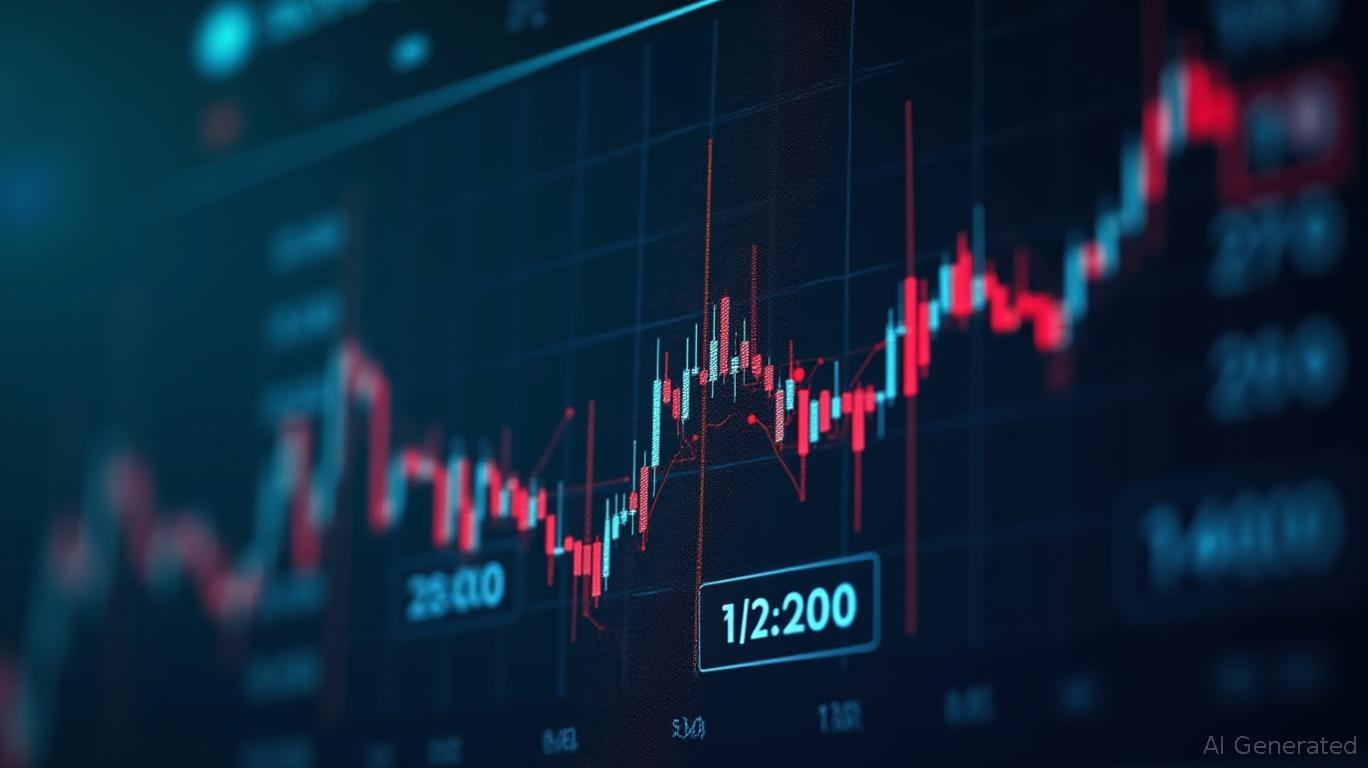Standard Chartered's Strategic Buybacks: A Bold Move to Unlock Value Amid Macro Challenges
Standard Chartered PLC (STAN.L) has embarked on a series of share buybacks totaling £8.8 million over five days in late May and early June 2025, repurchasing approximately 3.87 million shares. These transactions, part of a broader $1.5 billion program announced in February 2025, mark a critical juncture in the bank's strategy to boost shareholder value while navigating a challenging global economic landscape. This article analyzes the rationale behind the buybacks, their implications for valuation, and whether they signal confidence in the bank's future or defensive positioning amid risks.

Strategic Rationale: Confidence in Undervaluation and Capital Allocation
The buybacks, which have reduced the share count by 1.79% quarter-over-quarter and 8.29% year-over-year, are a direct response to Standard Chartered's perceived undervaluation. The bank's shares trade at a 1.2x price-to-book (P/B) ratio, below its five-year average of 1.4x and peers like HSBC (1.5x). Management views this as a compelling opportunity to deploy excess capital, leveraging its robust CET1 ratio of 14.2%—well above the 13-14% target—to return value to shareholders.
The $1.5 billion buyback program, part of an $8 billion capital return target by 2026, aligns with Standard Chartered's focus on high-growth markets in Asia, Africa, and the Middle East. These regions contributed record $19.7 billion in 2024 income, underscoring the bank's strategic positioning as a “super connector” in cross-border trade. By reducing shares outstanding, the buybacks directly boost earnings per share (EPS), a key metric for income-focused investors who have been drawn to Standard Chartered's 5.8% dividend yield—one of the highest in its sector.
Market Signaling: A Vote of Confidence or Defensive Maneuver?
The buybacks send a clear signal to the market: management believes shares are undervalued and that capital is better returned to shareholders than reinvested in an uncertain environment. This contrasts with peers like Barclays, which scaled back buybacks amid macroeconomic risks. Standard Chartered's actions reflect confidence in its fortress balance sheet and ability to weather challenges such as U.S.-China trade tensions and potential Federal Reserve rate hikes.
However, critics might argue that buybacks are a defensive measure to offset risks such as the $150 million writedown on its Bohai Bank stake and revised 2025 income guidance (now 5-7% growth, down from 8-10%). The dip in the CET1 ratio—from 14.8% in 2023 to 14.2% in 2025—also hints at margin pressures, though the bank remains comfortably capitalized.
Valuation Impact: The Arithmetic of Buybacks
Reducing shares outstanding has a direct impact on key metrics. For example, a 1.79% reduction in shares boosts EPS by roughly the same percentage, all else equal. With Standard Chartered's Q1 2025 profit up 12% to $2.3 billion, the buybacks amplify this growth for shareholders. Additionally, the undervaluation discount provides a catalyst for price appreciation if the P/B ratio converges to historical norms or peer levels.
The chart above illustrates how Standard Chartered's valuation lags peers, suggesting potential upside if the discount narrows.
Sector Context: A Contrarian Play in a Cautious Banking Sector
While many banks have paused buybacks due to macro risks, Standard Chartered's aggressive stance positions it as a contrarian bet. Its focus on emerging markets—where it holds a 61% share of cross-border corporate and wealth management income—differentiates it from Western peers. This strategy has insulated the bank from regional banking crises, with its CET1 ratio remaining resilient despite global headwinds.
Risks and Challenges
- Geopolitical Risks: U.S.-China tensions could disrupt cross-border flows, a core revenue driver.
- CET1 Pressure: The ratio's decline, though modest, signals cautious capital management.
- Interest Rate Hikes: Fed rate increases could tighten liquidity in emerging markets, affecting margins.
Investment Implications
For investors, Standard Chartered's buybacks present a compelling opportunity if they believe in its growth markets and management's capital allocation discipline. The undervaluation discount and high dividend yield make it attractive for income-focused portfolios. However, investors should monitor macro risks and the CET1 ratio's trajectory.
Buy: For long-term investors seeking exposure to Asia-Africa-Middle East growth and a resilient banking model.
Hold: For those awaiting clearer macroeconomic clarity or valuation convergence.
In conclusion, Standard Chartered's buybacks are a strategic move to capitalize on undervaluation while reinforcing shareholder returns. While risks remain, the bank's focus on high-growth markets and fortress balance sheet position it as a standout play in an otherwise cautious banking sector.

Comments
No comments yet